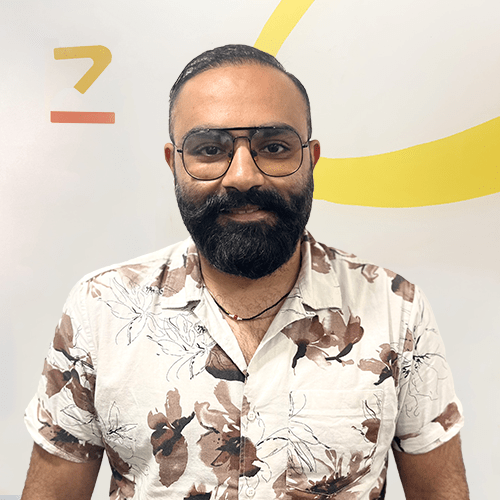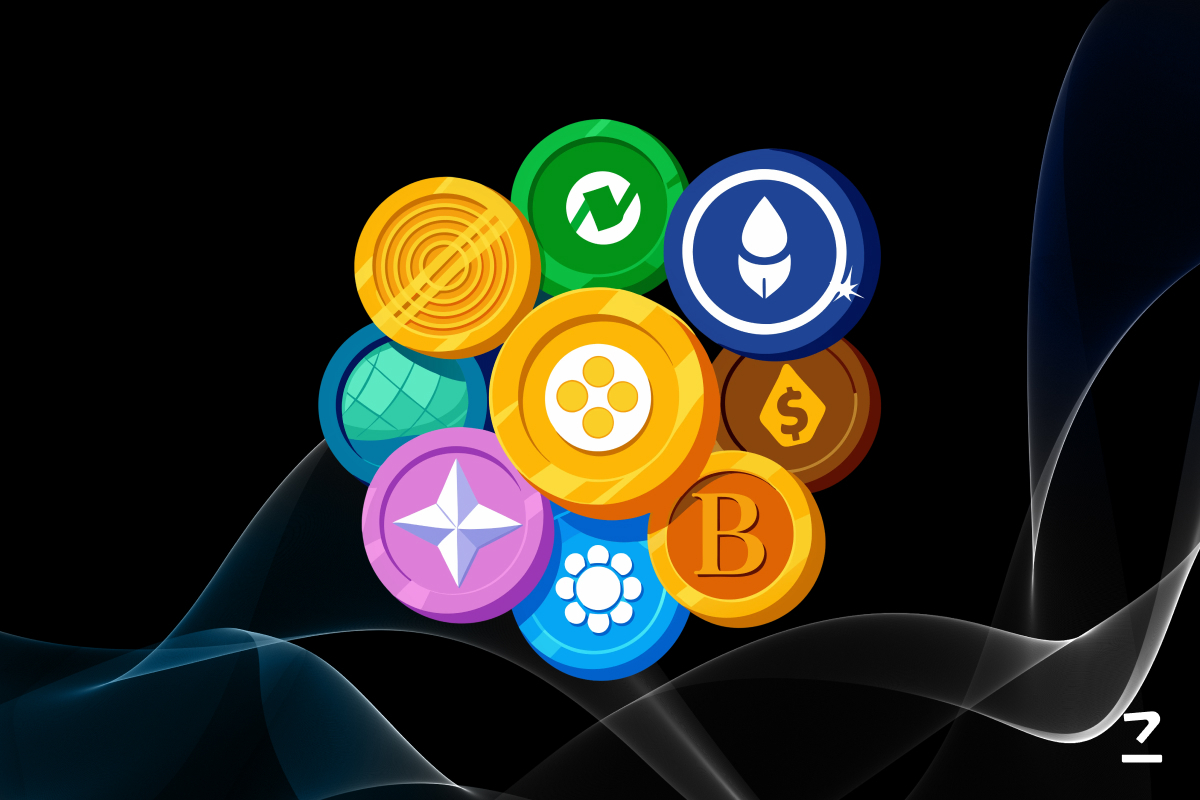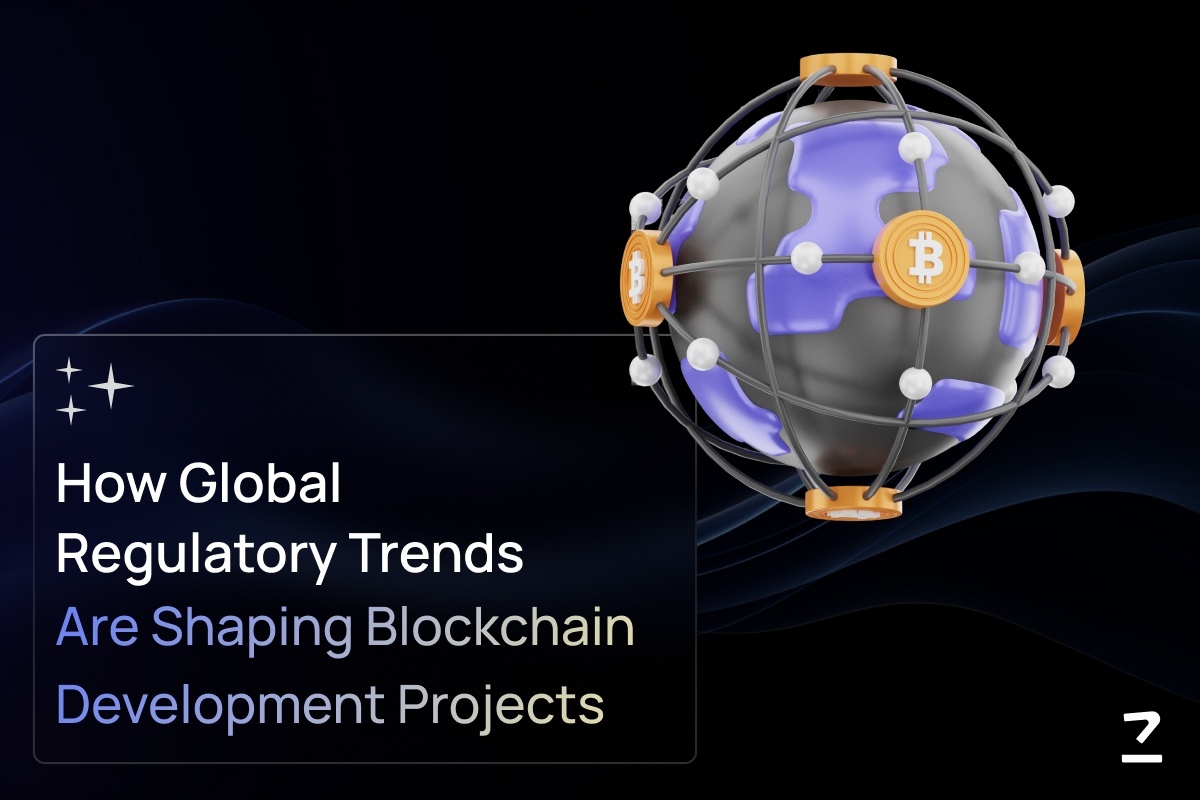SHARE THIS ARTICLE
Blockchain and the Creator Economy: Empowering Artists and Innovators

Think about this: you create something unique – a song, a piece of digital art, or a groundbreaking idea – and when it’s out in the world, it feels like you’re the last person to benefit from it. Middlemen take their share, platforms control how and when you can monetize, and ownership rights become murky in the process. It’s a frustrating reality for many creators today.
The traditional creator economy has its fair share of issues. Platforms hold too much power, creators see limited results despite their efforts, and building genuine connections with audiences is harder than it should be. On top of that, there’s a lack of transparency, leaving creators in the dark about how their work is being used or how revenue is shared.
Blockchain technology offers a practical solution to these challenges. By removing intermediaries, it puts more control back into the hands of creators. It brings clarity to processes like royalties and licensing through automated smart contracts and protects ownership with secure, tamper-proof records.
At Codezeros, we focus on developing blockchain solutions that help creators solve these issues. From safeguarding digital assets to creating new ways to monetize work, we’re here to help creators take their efforts further, on their own terms.
The Role of Blockchain in Reshaping the Creator Economy
Blockchain is changing how creators work, connect, and earn by addressing long-standing challenges in the creator economy.
Decentralization - Cutting Out the Intermediaries
In the traditional setup, creators often depend on platforms that act as intermediaries, taking substantial fees and controlling how work reaches audiences. Blockchain flips this model by removing these middle layers. Creators can directly sell or share their work with their audience, keeping more control and a larger share of the profits. Decentralization also establishes a closer connection between creators and their supporters, cutting through unnecessary barriers.
Smart Contracts - Automating Royalties and Ownership
Smart contracts bring simplicity and fairness to the process of earning and owning. These are self-executing agreements stored on the blockchain that automatically handle payments and licensing terms. For instance, a musician can set up a smart contract to receive royalties every time their song is sold or streamed. No chasing down payments, no disputes—everything is handled transparently and efficiently.
Digital Scarcity - Making Digital Creations Unique
Blockchain introduces the concept of digital scarcity through non-fungible tokens (NFTs). An NFT is a digital certificate of authenticity that proves ownership of a unique digital asset, whether it’s art, music, or even virtual real estate. This means creators can offer limited editions of their work, making them exclusive and valuable in ways that weren’t possible before.
Tokenization of Creativity - Creating New Markets
Blockchain allows creators to tokenize their work, turning it into a digital asset that can be bought, sold, or traded. For example, an artist can issue tokens linked to their work, allowing fans to invest in it early and share in its future value. This opens up micro-economies where creators can involve their audience in more meaningful and participatory ways, creating a stronger sense of community and collaboration.
NFTs - Beyond Art and Collectibles
NFTs are not just about digital art—they’ve become versatile tools for creators in various industries, opening up exciting opportunities for monetization and engagement.
Music - Royalties and Exclusive Content
For musicians, NFTs provide a way to connect directly with fans while earning fairly for their work. Artists can release exclusive tracks, limited-edition albums, or concert experiences as NFTs. These tokens can also include royalty provisions through smart contracts, ensuring the artist earns a share every time the NFT changes hands.
Gaming - In-Game Assets and the Metaverse
In gaming, NFTs bring a new level of ownership to digital assets. Players can buy, sell, and trade items like skins, weapons, or virtual real estate, with the added benefit of owning them permanently. These assets can also be used across games or virtual spaces in the growing metaverse, giving them broader value.
Writing and Publishing - Tokenized Chapters and Signed Editions
Authors are finding innovative ways to use NFTs, such as selling tokenized chapters or signed digital editions of their books. These NFTs can include added perks like access to exclusive content, personalized messages, or invitations to private discussions, building a closer connection with readers.
Technical Frameworks Supporting NFTs
Popular blockchain platforms like Ethereum and Solana have laid the groundwork for NFT development. Supra Network is emerging as a promising option with features that address current limitations, such as faster transaction speeds, lower energy consumption, and better cross-chain support, making it easier for creators to adopt.
Challenges and Solutions
Despite their growth, NFTs face challenges like high transaction fees, energy-intensive operations, and limited interoperability between networks. New solutions, such as eco-friendly consensus mechanisms and cross-chain bridges, are helping to tackle these issues, making NFTs more accessible and sustainable for creators.
Monetization Models Powered by Blockchain
Blockchain offers creators fresh ways to earn, putting them in control of how their work is shared and valued. These models move beyond traditional approaches, creating new opportunities for sustainable income.
Crowdfunding with Tokens
Blockchain makes crowdfunding more interactive through Initial Creator Offerings (ICOs). Here, creators can issue tokens tied to their projects, allowing fans and supporters to invest directly. This not only funds the creator’s work but also gives the community a stake in its success, fostering a sense of shared ownership.
Royalty Models
Smart contracts streamline royalties by automating payments. For instance, an artist selling an NFT of their work can receive a percentage of every future sale, without needing to rely on external systems or intermediaries. This keeps the process transparent and ensures creators continue to benefit from their work over time.
Subscription Platforms
With blockchain, creators can offer subscription-based access to their content through tokenized memberships. This model works well for creators of recurring content, like podcasters or educators, who want to provide premium content or exclusive perks to their supporters.
Community Engagement through DAOs
Decentralized Autonomous Organizations (DAOs) give creators a unique way to involve their audience in decision-making. Fans can buy tokens that let them vote on creative projects, fund new ideas, or even co-own certain initiatives. This builds a stronger connection between creators and their communities while allowing fans to play an active role in supporting the work they love.
Intellectual Property (IP) Protection and Blockchain
For creators, protecting intellectual property is critical. Blockchain offers practical tools to secure ownership, track usage, and simplify licensing in ways that traditional methods can’t match.
Immutable Ledgers
Blockchain acts as a digital record book that can’t be altered or tampered with. When a creator registers their work on the blockchain, it’s recorded with a unique timestamp and proof of ownership. This creates a clear, permanent record that can be used to resolve disputes or prove originality.
Copyright Enforcement
With blockchain, creators can track how their work is being used. For example, an artist can register their design on the blockchain, making it easier to spot unauthorized reproductions. By embedding unique identifiers into their creations, creators can quickly verify whether a copy is legitimate or pirated, helping them take action if their rights are violated.
Transparency in Licensing
Smart contracts simplify licensing by automating the process. These agreements are stored on the blockchain and can include terms for usage rights, royalties, and other conditions. Because they’re transparent and tamper-proof, all parties involved—creators, buyers, or licensees—have a clear understanding of the terms. This reduces misunderstandings and builds trust between creators and those who use their work.
Emerging Trends in Blockchain and the Creator Economy
Blockchain is driving new trends that are reshaping how creators work, connect with audiences, and monetize their efforts.
AI and Blockchain Integration
Generative AI is helping creators produce unique content, from digital art to music and virtual environments. Blockchain adds value by acting as a secure record of originality. Creators can timestamp their AI-generated work, providing clear proof of authorship and authenticity. This combination supports both creativity and transparency in the creator economy.
Metaverse Expansion
The metaverse is becoming a virtual stage for creators to share their work. Blockchain powers these spaces, allowing creators to monetize through virtual galleries, concerts, and interactive events. With NFTs and smart contracts, creators can manage ownership, sell their work, and receive payments directly, creating a new way to engage with audiences.
Social Tokens
Social tokens let creators build stronger connections with their fans. These tokens can be tied to perks like exclusive content, special events, or direct interactions. Fans holding these tokens become active participants in a creator’s journey, while creators gain a new way to reward their community and build long-term relationships.
Cross-Chain Solutions
Cross-chain technologies are making it easier for creators to reach wider audiences. Instead of being restricted to one blockchain, creators can mint NFTs or other digital assets on one network and sell them on another. This flexibility allows creators to benefit from the strengths of different platforms and increases accessibility for collectors and fans.
Case Studies and Success Stories
Blockchain has already made a mark in the creator economy, with several artists and innovators successfully using the technology to redefine how they share and monetize their work.
Beeple: A Digital Art Pioneer
One of the most famous examples is Beeple, a digital artist who sold an NFT of his work, "Everydays: The First 5000 Days," for $69 million. This sale showcased how NFTs can bring digital art into mainstream recognition and create substantial earning opportunities for creators. Beeple’s success also inspired countless other artists to explore blockchain as a platform for their work.
Kings of Leon: NFTs for Music
The band Kings of Leon became one of the first major music acts to release an album as an NFT. Fans who purchased these NFTs gained access to special perks like limited-edition vinyl and front-row concert seats. This project demonstrated how musicians can use blockchain to go beyond traditional album sales, offering fans more interactive and valuable experiences.
Axie Infinity: Gaming and Digital Ownership
Axie Infinity, a blockchain-based game, introduced a play-to-earn model where players can collect and trade NFTs representing in-game creatures and items. This approach has not only created a thriving in-game economy but also provided players with real-world income opportunities, showing how blockchain can blend creativity, gaming, and financial rewards.
Mirror: Writing on the Blockchain
Mirror, a blockchain-based publishing platform, allows writers to publish and monetize their work directly. Authors can tokenize articles, crowdfund new projects, or offer readers a stake in their success. By removing intermediaries, Mirror gives writers more control over their content and earnings while nurturing closer connections with their audiences.
Building Solutions for the Creator Economy
Blockchain is reshaping how creators interact with their audiences, and Codezeros is dedicated to building solutions that help them navigate and thrive in this new space.
Custom Blockchain Development
Every creator’s needs are different, and we specialize in developing platforms that meet those specific requirements. From NFT marketplaces to decentralized publishing tools, our team designs solutions that help creators take control of their work and earnings while opening up new opportunities for engagement.
Focus on User Experience (UX)
For blockchain to reach more creators, it needs to be simple to use. That’s why we prioritize building interfaces that are intuitive and accessible, even for those without technical expertise. Whether it’s creating NFTs, managing royalties, or launching community tokens, we focus on making these processes straightforward and enjoyable.
Integration Capabilities
Many creators already rely on existing platforms to share and monetize their work. We develop tools that allow blockchain features to integrate effectively with these platforms. Whether it’s plugging into a creator’s online store or linking to their social media accounts, our solutions are built to work with what they already have.
Future Plans
We’re focused on helping creators expand their options and simplify how they work. From improving tools for licensing and IP protection to developing systems that connect creators with broader audiences, we’re committed to building practical solutions for the future.
Challenges and Ethical Considerations
While blockchain offers many opportunities for creators, there are challenges and ethical questions that need to be addressed.
Adoption Barriers
Not all creators are familiar with blockchain, and the learning curve can feel steep. For many, understanding how to mint an NFT, use a wallet, or work with smart contracts is a barrier. Cost is another concern, especially with high transaction fees on some networks, which can discourage creators from experimenting with blockchain tools. Building awareness and offering simpler, more affordable options are key to overcoming these barriers.
Environmental Concerns
The energy consumption of certain blockchain networks has raised concerns, particularly for creators mindful of their environmental impact. However, newer, eco-friendly options like proof-of-stake blockchains or those with more efficient consensus mechanisms are making progress in addressing these issues. Choosing the right platform can help creators reduce their environmental footprint.
Ethical Issues
Copyright disputes and authenticity challenges remain areas of concern. For example, unauthorized works being minted as NFTs have caused tension within the creative community. Blockchain’s ability to create immutable records helps, but ensuring authenticity still requires vigilance from both creators and platforms. Clear guidelines and verification systems can go a long way in maintaining trust.
Conclusion
Blockchain is changing how creators connect with their audiences, monetize their work, and protect their ideas. It simplifies ownership, improves transparency, and opens up new ways to earn, making it a valuable tool for today’s creator economy.
If you’re ready to explore how blockchain can fit into your creative journey, we’re here to help. Our team builds practical blockchain solutions that make it easier to focus on your work and connect with your audience. Let’s take the next step together.
Post Author

Vivek is a passionate writer and technology enthusiast with expertise in blockchain development. As the lead writer for Codezeros, he aims to educate and inform readers about the potential of blockchain technology and simplify complex concepts to present them in an engaging manner for both technical and non-technical readers.
Develop custom solutions empowering the creator economy with Codezeros
Codezeros advances the creator economy through technological innovation. We specialize in developing and deploying high-performance blockchain infrastructure to enhance the scalability and efficiency of creator platforms.



